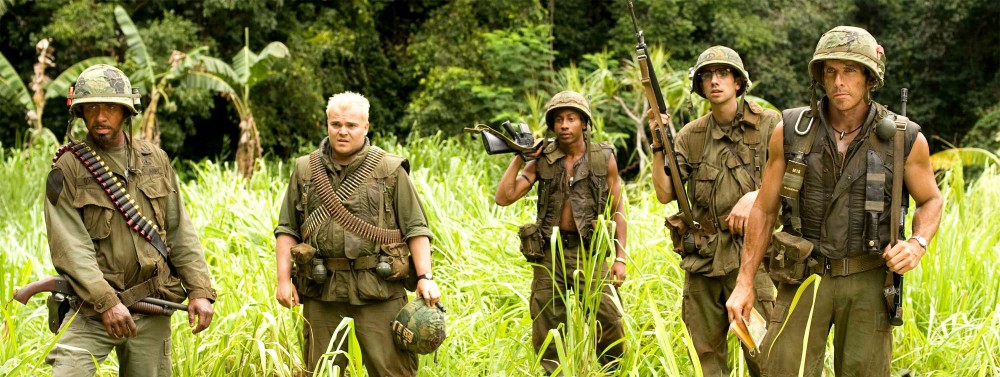After our brief discussion in class about movie trailers, I wanted to delve deeper into the subject and learn more about the artistry and technical construction behind these previews.
For years, movie trailers have followed a remarkably consistent format. Often, these teasers are made before the film’s final cut, compiled by someone completely independent from the movie’s core production staff. Trailers conventionally include the use of montage editing, voiceover narration, “cast run” and stars, non-diegetic music, and genre cues. They follow a three-act structure starting with exposition, introducing conflict, and finally conclude by bringing in supporting characters to help solve the problem at hand, or end in a way that simply leaves the audience guessing. Under the regulations of the Motion Picture Association of America, no movie trailer can be longer than two minutes and thirty seconds. Of course, the trailers often highlight any awards the film has already won, and feature quotes of critics’ praise. These elements are all strategies carefully assembled to compel and entice the viewer, ensuring that he or she will return to the movie theater and purchase a ticket to the promoted film.
As a journalism major, I’ve spent a great deal of time trying to figure out how my passion for film and cinema will mesh with my learned skills in the world of public relations. Our brief overview in class helped me to come across the realization that it is in trailers that the film industry and the business of PR most closely intersect. This realization, and this course, has helped me to look at movie trailers in a completely new way.
I like to think of movie trailers as a mix between a headline and a press release. Its purpose is to spark interest and ensure a large audience for the final production, (or event, if we’re speaking in terms of public relations). Another purpose of trailers is to make viewers want to see the movie, which is similar to the aim of public relations, where we want to portray a good image of our client. Also called “previews,” trailers provide information on what the film is all about, and convincingly advertises the feature film that will be shown throughout theaters. A film trailer is used for promoting and previewing a movie, just as public relations professionals promote and showcase their clients.
Much like commercials, movie trailers are not just press. Instead, they are visual press releases for the masses.

I really liked and agreed with your post about movie trailers. Trailers are obviously used to advertise for a new movie release to get people in to the theaters and purchase a ticket. They are used to gain revenue and recognition. I agree that Trailers are a press release. It is all about promoting the movie and sparking interests in viewers to cause desire and want to see what that particular movie is going to entail.
I agree with your statements about movie trailers being a device to spark interest by the audience. I had now idea that they are “compiled by someone completely independent from the movie’s core production staff” which I found very interesting. I also find it interesting that there are clips in the trailers that are not in the movie. I don’t even understand why they do this because often the scenes left out are the very scenes that have drawn me to the theater to see the movie and I don’t get to see it in real time. In our day and age with our reliance on technology movie’s have to have very enticing trailers to get people off the couch and out of the house to see the movie.
While surfing the web, this blog has been led.
There are many very fresh posts. Enough to get my attention. I’ll come to check often.
토토 핸드
카지노 사이트 추천
사설 토토 사이트
스포츠 토토 배당률
스포츠 토토 승부 식
https://www.j9korea.com